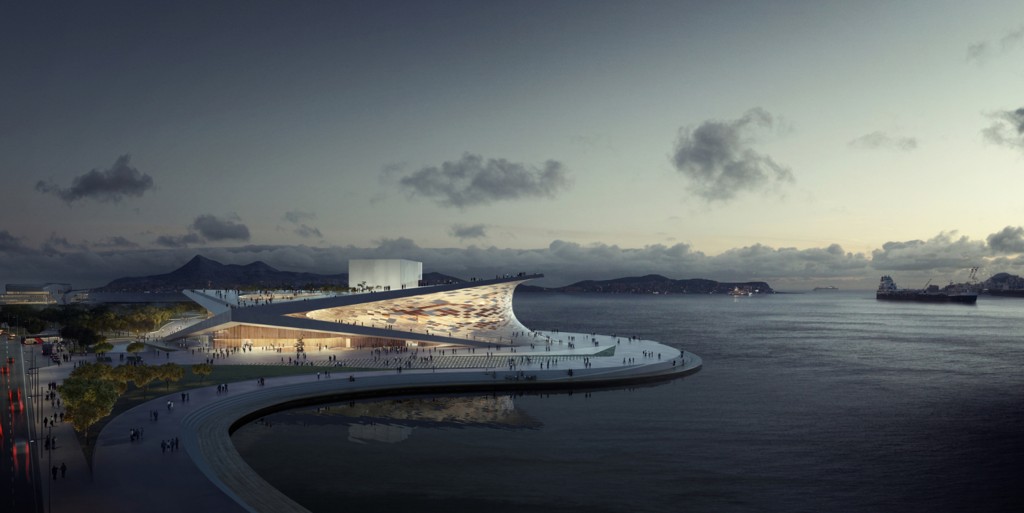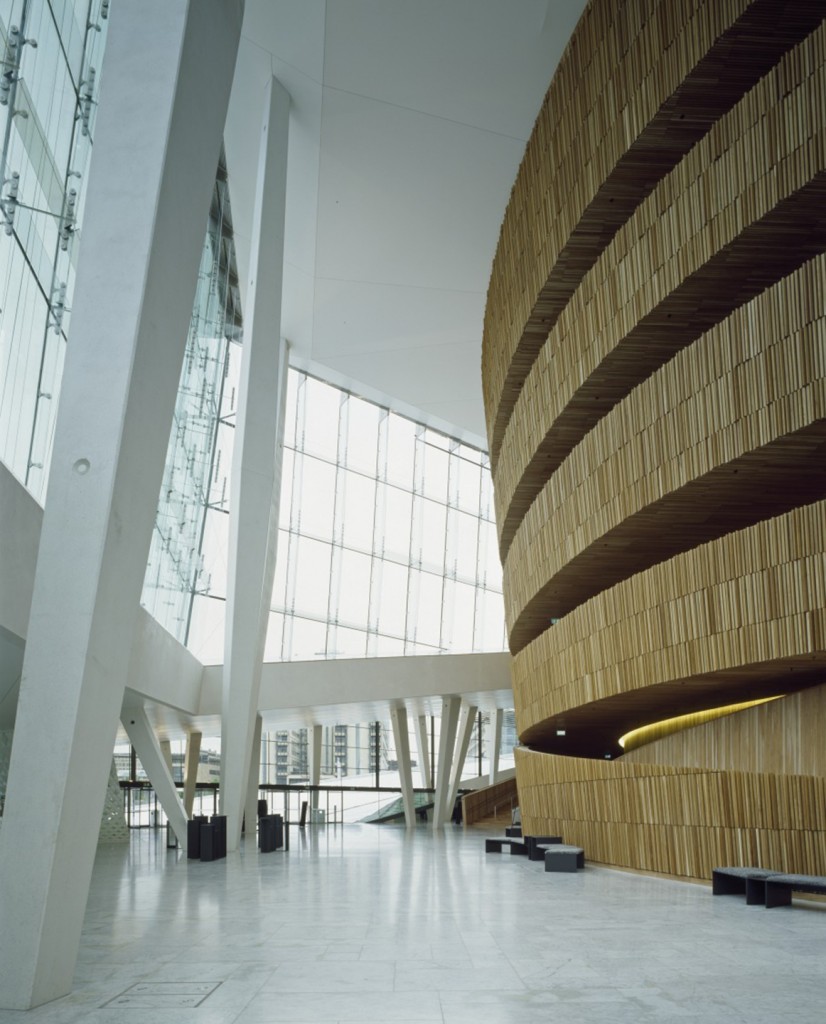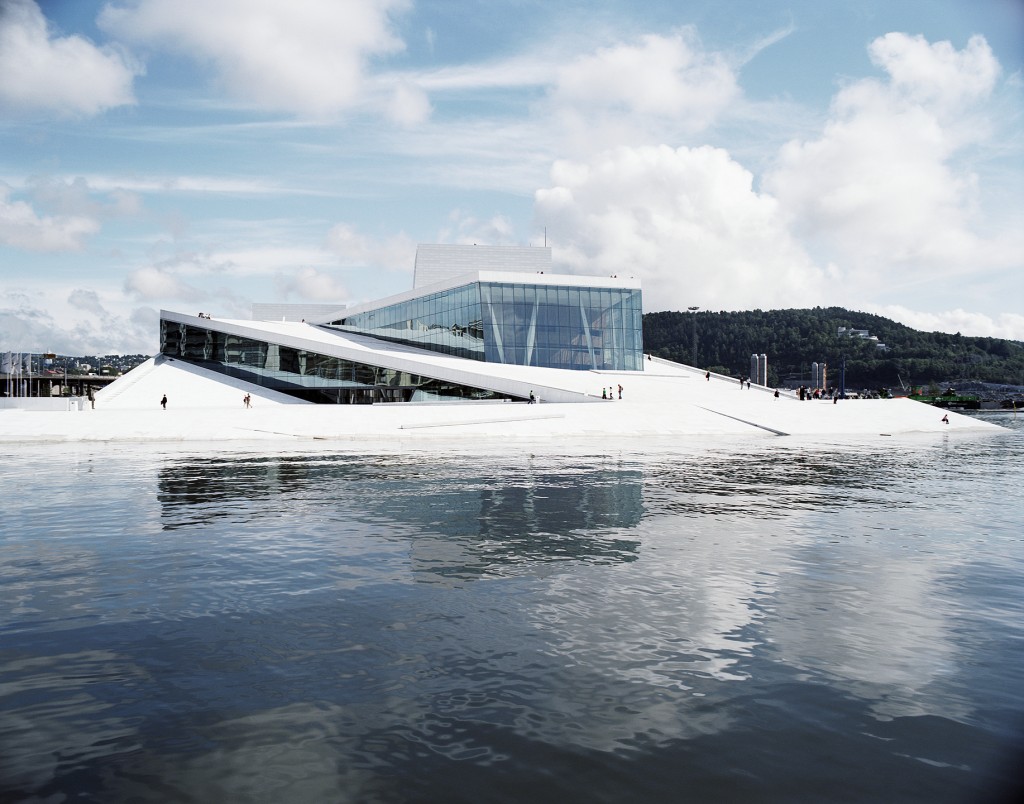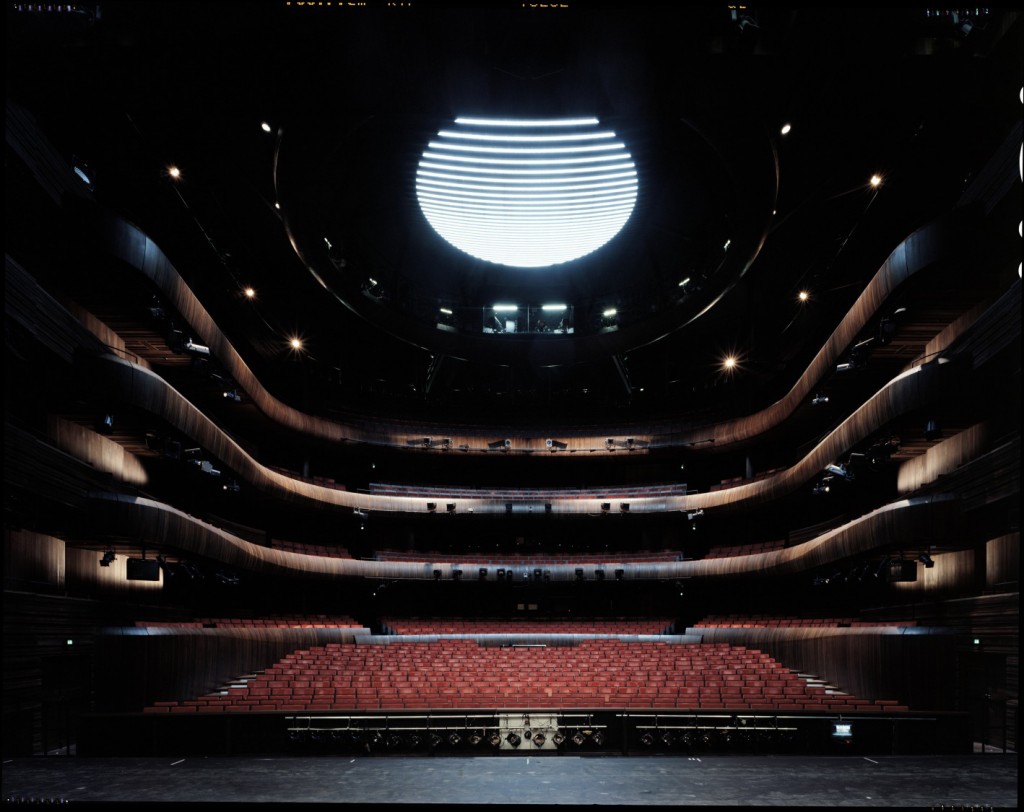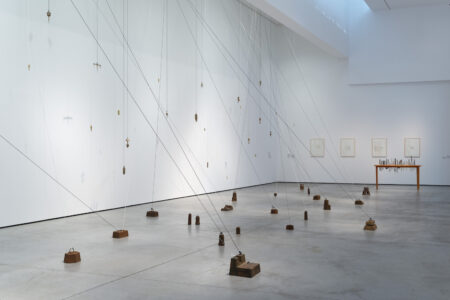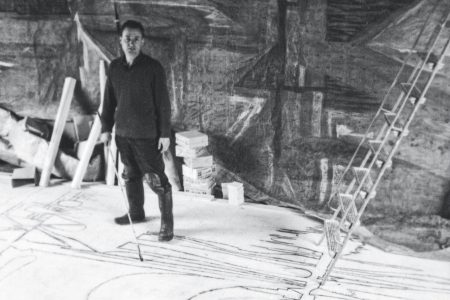Snøhetta: Subtle Shapeshifters
For Kjetil Trædahl Thorsen, one of the founders of the Norwegian architecture firm Snøhetta, high quality of everyday environments is a way to create awareness, trust and caring for the spaces and built environments.
Coming from Norway, the land of vast nature and magnificent landscapes of mountains, fjords, open sea and sky, landscape is 90 % of an environment for architecture office Snøhetta, and a building is only a touch in the landscape. For them, buildings are not a solution to problems, but they might serve as a small solution to a certain need.
When designing and building opera houses, museums and libraries, creative teams of the office aim to make public landscapes not only for those entering the building, but the buildings and their surroundings become environments for meetings, walking, skating or resting. While the buildings remain forums for high culture, they also claim urban space for everyday life.
“In essence, built environment that surrounds us in sense of buildings, is a lot more than buildings,” says architect Kjetil Trædahl Thorsen. “Also the landscapes of cities are partially constructed, and this little platform is changing cities, planning tools and the way we perceive our surroundings.”
Trædahl Thorsen is one of the founders of Snøhetta alongside landscape architects Inge Dahlman, Berit Hartveit, Johan Østengen and Alf Haukeland and architect Øyvind Mo. The aim of the now-globally functioning office is to merge architecture and landscape design. The approach has earned the office, established in 1987, worldwide recognition and winning large-scale international projects.
One of the ongoing projects Snøhetta is Busan Opera House in Busan, South Korea. With the opera house, the office aims in converting a historically industrial area into a public space. The ground level of the building is designed to be as open as possible, and the public space continues on the rooftop, which is connected to the ground floor with a ramp.
Similarly, the building of Norwegian National Opera and Ballet, which opened in Oslo in 2008, has become an urban landscape identifying the city. Over the years, the ramps of the building sloping to the sea have been spontaneously transformed for skating or BMX biking, and the snowdrifts allow sledding down the opera house in the winter. The roof of the building is open for the public all year round, and allows the public to view the harbour and the sea.
Towards Everyday Architecture
Designing buildings such as opera houses to become inclusive elements of urban public landscape also enables wider ownership and appreciation of the building. Well-functioning, clear spaces, pleasant lighting and users’ feeling of control over themselves and the environment create a positive cycle to care about the environment.
“What could one imagine is that everyday architecture is reaching out in its quality of space, climatic control and environmental control, but also in the sense of social understanding,” Trædahl Thorsen states. “We’ve been doing holiday architecture or Sunday architecture for quite some time, and I think everyday architecture is really a logic step, something that I think has been lacking.”
“You could look at where you go buy your groceries. Nobody seems to care about the type of space where you would go to buy your things. All of the sudden that was of no importance because function of the place was simply to buy the cheapest food possible, right? Creating social understanding through everyday architecture could mean informing where the food comes from, who is actually producing it, how does it get to people, all the way through the architecture. Quality is one way of increasing sensitivities with larger public, but also awareness.”
“Around 80 % of that is being built in the world is being built without any consciousness. Not only South-going cities, but basically environments that are planned without architects. You could easily say that it’s ok in many situations, but in many situations you would also need a certain level of consciousness,” the architect emphasizes. “If you don’t care about the space, then you’re probably losing out on something. It’s often said that certain type of architecture does not demand architectural input, which is not true.”
Shifting Perceptions
Transforming cultural buildings into elements of publicly accessible landscape is a way of increasing quality and general respect of urban public environments, but architecture can also be a tool in many other aspects of environments sustainable in all aspects of sustainability. Eventually, it can become a tool to shift ways of being and thinking about and through environments.
“Environmental issues are obviously quite far behind at the moment and there is a lot of challenges in front of us there”, Trædahl Thorsen says. “I think that’s a very interesting aspect – how to actually produce long-term sustainable, environmental buildings, and what affect will that have on the aesthetics on our cities and of objects.”
“Quite obviously you would have to move to some way to understand the aesthetics that appear in the relationship between forms and environment. Maybe that would even change our perception of what is beautiful and ugly. There are definitely elements, which are interesting from the perspective of how things are perceived. In architecture, aesthetics are somehow driven by necessity, which means there could be a larger shift in our future perception of how things are supposed to look,” he states.
“For instance, integrating handicap access to all of the buildings as a requirement coming from the legal aspect and allowing accessibility to a much larger public had an affect of the aesthetics on the buildings and how we actually design things. The shift, the lightly stilted surfaces all of the sudden became an aesthetic approach. Ramps got into the understanding of human movement in a different way than before – all the sudden you had to think about floors as more fluid in an occasion of wheelchair accessibility, because it’s a different way of moving.”
“Creating architecture means that you have to use your whole body. It’s not an issue really related only to how you can think, but it’s also an issue related to how you can feel.” •
Kjetil Trædahl Thorsen was interviewed during Rising Architecture Week in Copenhagen. Trædahl Thorsen was one of the keynote speakers at a two-day Rising Architecture Conference, which took place at PapirØen.
